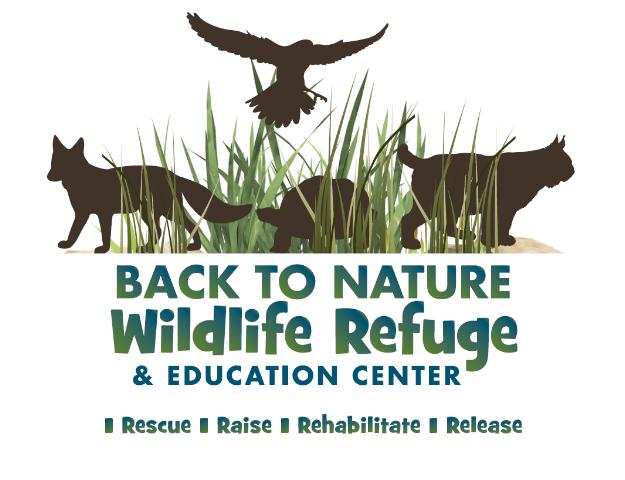Introduction
In the delicate balance of nature, wildlife rehabilitation plays a crucial role in the conservation of biodiversity. As technology continues to advance, Artificial Intelligence (AI) is increasingly becoming a valuable ally in the efforts to rescue, rehabilitate, and release injured or orphaned animals. This article explores the multifaceted role of AI in wildlife rehabilitation, examining how it enhances efficiency, aids in diagnostics, and contributes to the overall well-being of wildlife.
AI-Driven Efficiency in Rehabilitation Centers
Intelligent Monitoring Systems
Wildlife rehabilitation centers often house a diverse range of species with varying needs. AI-driven monitoring systems equipped with cameras and sensors provide real-time insights into the behavior, health, and activity of animals. This technology allows rehabilitators to make informed decisions, ensuring that each animal receives personalized care.
Automated Feeding Systems
AI has streamlined the feeding process in rehabilitation centers. Automated feeding systems use algorithms to determine optimal feeding schedules and portion sizes based on individual animal requirements. This not only reduces the workload on caregivers but also ensures that animals receive the nutrition they need for recovery.
AI in Diagnostics and Treatment
Image Recognition for Health Assessments
AI-powered image recognition is instrumental in health assessments of wildlife. Cameras and drones equipped with AI can analyze images to identify signs of illness, injury, or malnutrition. This non-intrusive approach allows rehabilitators to closely monitor animals without causing stress or disruption.
Predictive Health Analytics
AI algorithms can analyze historical health data of wildlife species, predicting potential health issues and providing early warnings. This proactive approach enables rehabilitators to intervene promptly, preventing the escalation of health problems and improving the chances of successful rehabilitation.
Read More:
Wildlife Behavior Analysis
Behavioral Anomalies Detection
AI can analyze the behavior of animals in rehabilitation to detect anomalies that may indicate stress, discomfort, or other issues. Changes in behavior patterns can be subtle, and AI systems excel at identifying deviations that might go unnoticed by human observers. This early detection facilitates timely intervention.
Environmental Enrichment Strategies
Understanding the natural behaviors of wildlife is crucial for successful rehabilitation. AI helps design and implement environmental enrichment strategies that simulate natural conditions, reducing stress and promoting the development of essential survival skills in preparation for release back into the wild.
AI in Release and Monitoring
Release Site Selection
Choosing appropriate release sites is critical for the successful reintroduction of wildlife. AI algorithms consider factors such as habitat suitability, availability of food sources, and potential threats to determine optimal release locations. This data-driven approach maximizes the chances of successful reintegration into the wild.
Post-Release Monitoring
AI-equipped tracking devices provide real-time monitoring of released animals. This technology enables rehabilitators to gather valuable data on the animals’ post-release behavior, migration patterns, and interactions with their environment. The insights gained contribute to ongoing research and improve future rehabilitation strategies.
Ethical Considerations and Human Expertise
Ethical Use of AI in Wildlife Rehabilitation
While AI brings significant benefits to wildlife rehabilitation, ethical considerations must guide its use. Ensuring that AI complements, rather than replaces, human expertise is essential. Human caregivers remain crucial for providing the nuanced care and emotional support that wildlife often requires.
Continuous Collaboration
Effective wildlife rehabilitation involves a delicate interplay between AI and human caregivers. Continuous collaboration, training, and updates are essential to harness the full potential of AI while upholding ethical standards and ensuring the well-being of the animals under care.
Conclusion
The integration of AI in wildlife rehabilitation represents a transformative leap in the ability to care for and conserve diverse species. From intelligent monitoring systems to predictive health analytics and post-release tracking, AI enhances every stage of the rehabilitation process. As technology continues to evolve, the collaboration between AI and human expertise promises a brighter future for the rehabilitation and conservation of wildlife, fostering a harmonious coexistence between the natural world and technological innovation.





